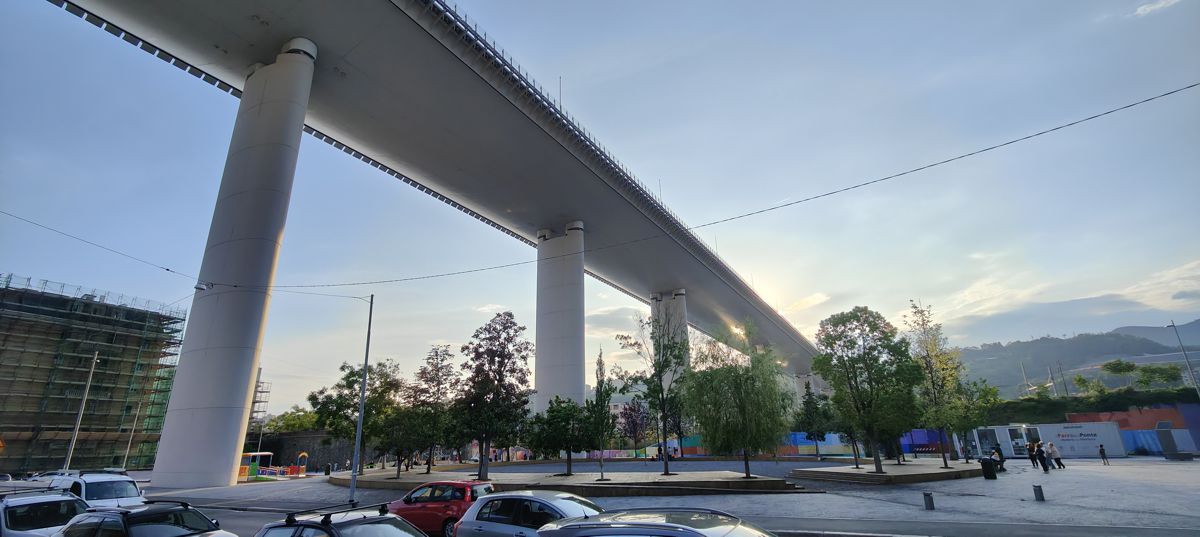Forecasts predict steady 5 percent growth for Traffic Management System market
According to a recent study from market research firm Global Market Insights, the traffic management system market is set to grow from its current market value of more than $20 billion to over $25 billion by 2026, gaining remarkable traction over the 2020 to 2026 period.
The integration of video analytics into traffic management system provides in-depth insights into daily traffic and curbs congestions while transferring information to the traffic management console. Video analytics software can be pre-installed on the central server system or built into cameras that capture real-time images.
The algorithm helps to differentiate between pedestrians and vehicles, improving pedestrian safety. Analytics also helps to detect the traffic velocity, thereby detecting traffic congestion precisely. The software can be used to identify and read vehicle license plate numbers that can be used for toll, traffic control, or to identify suspicious activities.
On-premise deployment model will grow at a remarkable rate in traffic management system market over the forecast timespan. It offers benefits of low risk of data breaches and cyber-attacks compared to cloud-based model. The capturing of confidential and sensitive data makes this model highly beneficial to fulfil regulatory requirements for data storage and transfer.
However, the costs associated with maintaining and managing data will result in increasing demand for cloud-based solutions in the long run. Companies are rapidly adopting cloud-based deployment model due to low infrastructure requirements and affordable costs.
The adaptive traffic control market is forecast to witness significant gains in traffic management market at the end of 2026. It is a system designed to work in response to real-time traffic scenarios. This system aims to resolve traffic congestion by enabling real-time variation of signal duration. It analyses data pertaining to traffic at a particular time and provides instant and synchronized responses to alter the predefined signal duration.
North America will provide significant growth opportunities to the traffic management market due to the advanced technology infrastructure in the region. The U.S. is among the earliest adopters of advanced technologies. From the years 2012 to 2016, Surtrac, an intelligent traffic signal control system from Rapid Flow Technology has been deployed at 50 intersections across several areas in Pittsburgh, Pennsylvania.
The system helped to reduce travel time by 26%, wait time at intersections by 41%, and emissions by 21%. Similarly, in January 2018, Dallas government partnered with Telefonaktiebolaget LM Ericsson to install advanced traffic management system based on Ericsson’s connected urban transport solution in the country. The solution enabled the government to analyse real-time data from sensors and cameras to dynamically control traffic lights and message signs.
Some major findings of the traffic management system market report are:
- Rapid demographic growth and hyper urbanization in developing countries have led to increase in flow of traffic on roads. This has surged the demand for efficient traffic management systems to optimize traffic and ensure a safe road transport system.
- Traffic management systems help to manage traffic congestions and avoid accidents on roads. Active traffic management (ATM) enables managing congestion based on prevailing and predicted traffic conditions. Electronic signs on roads alert commuters about road congestion, accidents or information related to traffic conditions. ATMs monitor traffic and use the collected data to predict vehicle arrival patterns.
- Smart traffic management systems enable real-time traffic monitoring that helps authorities to re-route traffic and avoid traffic jams. Smart transportation management center powered by advanced traffic management systems enables authorities to respond promptly to emergencies.
- Video surveillance cameras are installed above signals or mounted on every corner of intersection to catch traffic violators and monitor traffic congestion or accidents in real time. Smart traffic signals help to reduce congestion & idle time at intersections. Intelligent lights can manage vehicle queues and clear traffic irrespective of predefined timing system.
- Automatic Incident Detection (AID) utilizes computers to constantly detect incidents and monitor traffic conditions. Road networks integrated with cameras and detectors aid in automated continuous monitoring of traffic. AID helps to detect vehicles going the wrong way, pedestrians or animals, and vehicle speed.
- The robust telecom infrastructure in Europe and North America will support the implementation of smart traffic management systems. High investments in smart transportation projects in these regions will propel traffic management market growth.















